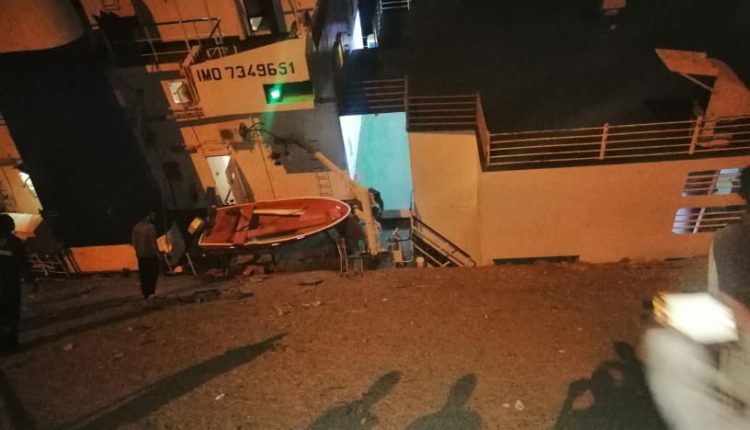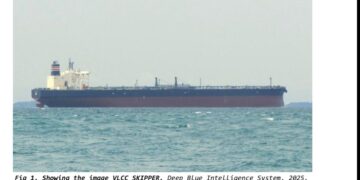On Sunday, a ship carrying nearly 16,000 sheep capsized and sank at its berth at a port in Sudan. All crewmembers escaped safely, but almost all of the cargo was lost.
The vessel Al Badri 1 (misreported as the Badr 1) began sinking at the pier at Suakin, Sudan in the early hours of Sunday morning. The vessel capsized slowly, officials told The Guardian, and the crew had enough time to disembark. Only some 700 sheep escaped and survived.

The loss of the Al Badri 1 may affect the port’s operations, as well as the environment, given the potential for a fuel oil spill and the effluent from the decay of thousands of sheep. The vessel is now submerged next to its berth, interfering with the pier’s use until the wreck is cleared.
The Al Badri 1 (ex name Henry Stahl, Ester 1, Ytong 1, Malak 1) was a stern-ramp ro/ro freighter originally built in 1973 and converted into a livestock carrier later in her lifespan. She had a history of port state control deficiencies in recent years, as well as a 10-year gap from 2008-18 in which she had no PSC inspections.
Images from before and after the Al Badri 1’s conversion suggest that four extra decks were welded on above the ship’s main deck level to add more space for livestock.
Worldwide, livestock carriers are generally older than the average merchant ship, and the average fleet age for the class exceeds 40 years. Almost all are conversions, often from ro/ro vessels.
The ships selected for the conversion process have usually already arrived at the normal age for demolition (about 30) when they begin their new life, based on a 2021 study by Animal Welfare Foundation, Tierschutzbund Zürich and Robin des Bois.
A similar incident occurred aboard the livestock carrier Queen Hind in November 2019. The vessel capsized off the coast of Romania under unusual circumstances, drowning almost all of the 15,000 sheep on board.
Credit: Maritime-Executive





























































